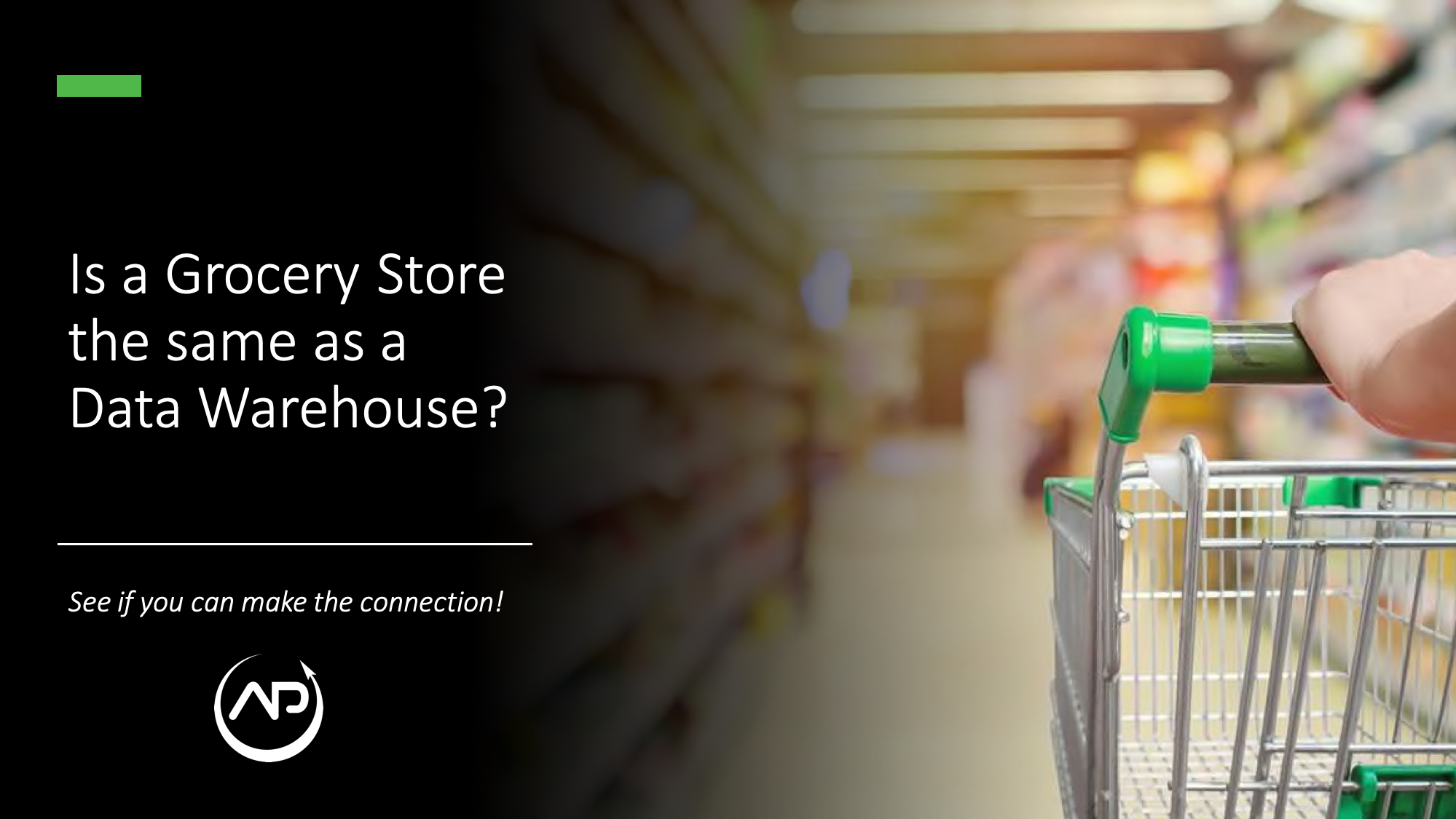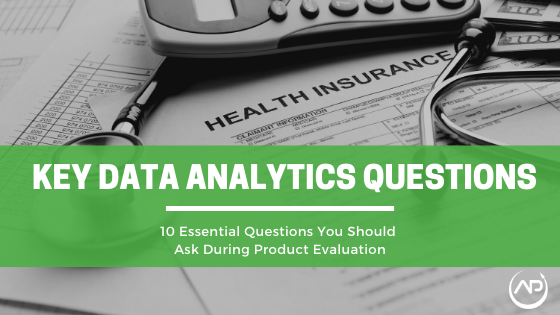
Is a Data Warehouse and Grocery Store the Same?
Your Grocery Store is a Data Warehouse
At first glance this metaphor may seem like a stretch. However, for the non-technical, this may be the easiest way to understand exactly what a data warehouse is, why you need it and how it can make your life easier.
Data points are ingredients
Say you need to make dinner and you decide on spaghetti. The next step is heading to the grocery store to pick up the ingredients. Once combined, these items will create a magnificent spaghetti dinner. This same concept is applied to a business and a data warehouse. A company decides they need to know exactly how many patients over 35 have been admitted into the ER in the last 30 days, what the diagnosis was and the total cost of that visit (these are your ingredients to the spaghetti). The next step for the company, like you, is to go to the data warehouse (grocery store) where they know all of this information is kept.
Logical Data Modeling
So far, I think you get the picture. It is a pretty simple concept. Now we really get into the grocery store metaphor. You arrive at the store to gather the ingredients and the store has already made your task extremely simple. The grocery store has cleverly arranged everything you need to make spaghetti on one aisle. The pasta aisle typically houses all assortments of noodles and various flavors of sauces. They even have the Parmesan cheese right there too. Again, the same concept occurs in the data warehouse. The data modeling techniques used by data architects group pertinent information together in fact tables (aisles) and dimensions. This reduces the time it takes to get everything you need, just like the pasta aisle at the grocery store.
Save Time When it Counts
Think about how much longer it would take to go down multiple aisles to acquire what you needed. Data architecture aligns the right data together. This way businesses can access near real time information to answer vital business questions. Without smart and logical data architecture, it could take hours to return the information needed. Milling around every aisle in the grocery store is one thing, but going through hundreds of thousands of pieces of data to find an answer in a data warehouse would not only slow down the relay of the information, but could also have serious repercussions if an important decision was delayed because the information was not available at the right time.
Next time you’re shopping at your “data warehouse,” just think about all the ways our lives are improved by smart data architecture and technology. Whether it be a faster checkout due to an advanced payment system in the line, or the data mining that occurs to send you coupons for the items you use most. We are all touched by data warehouses and data architecture even if we have never realized it before now.
Author:
Della Wolfe, Director at Analytics Partners



